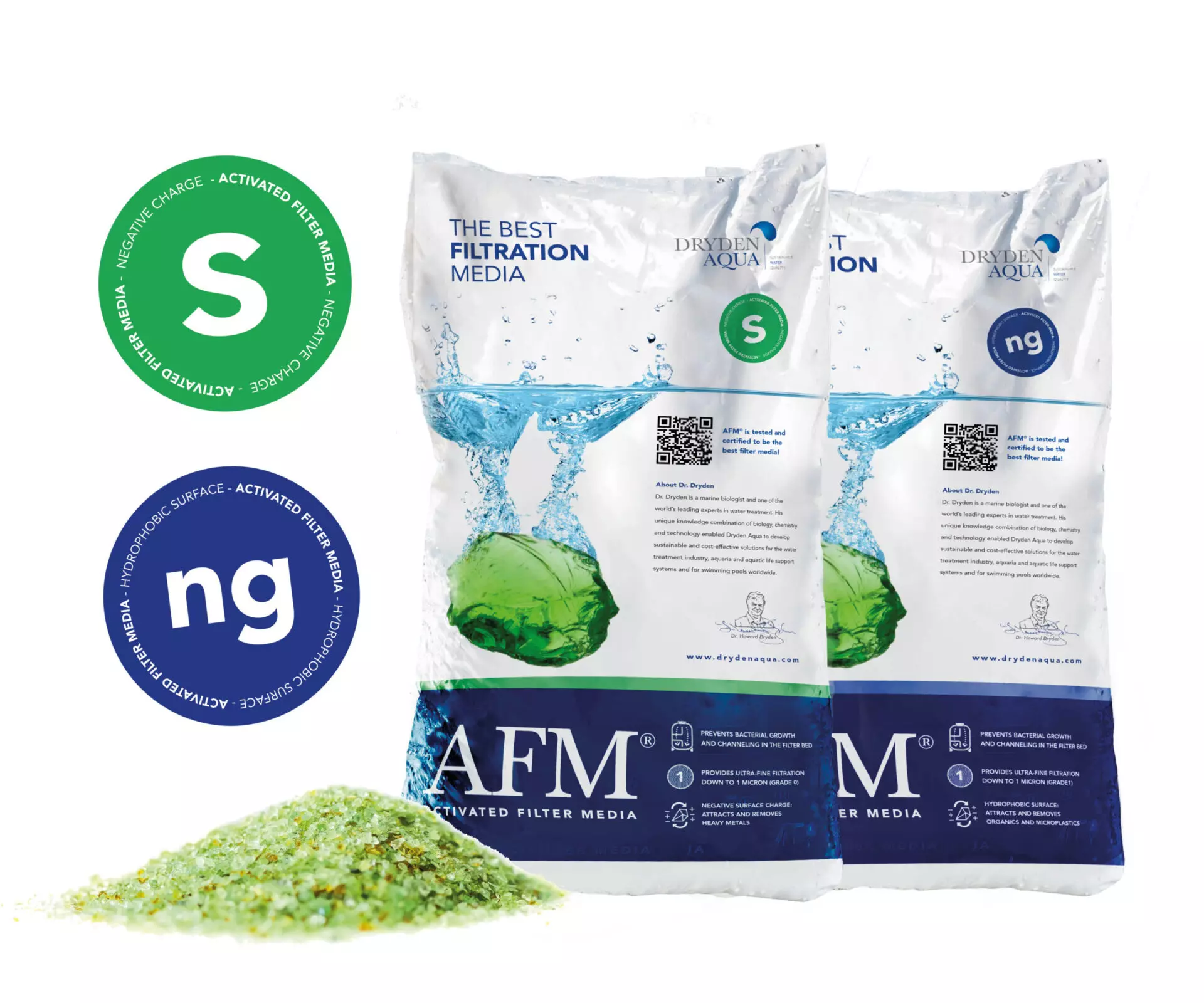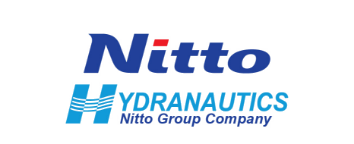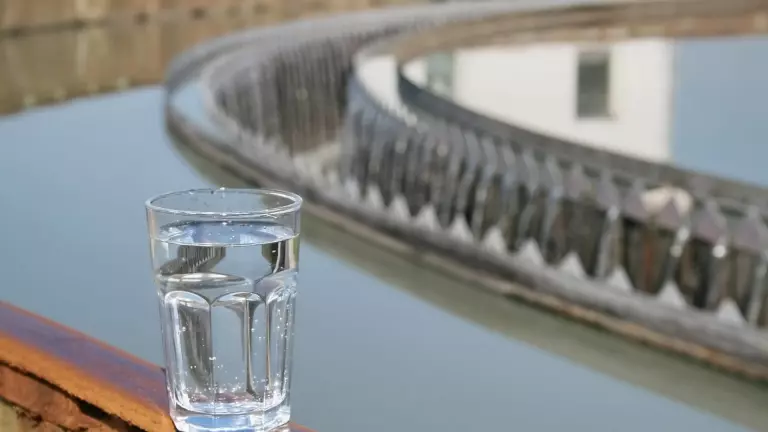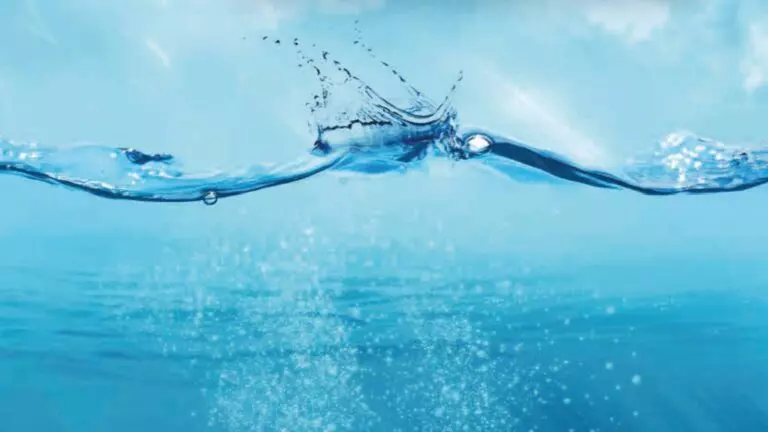Filter Media & Resin
A media filter is a type of filter that uses a bed of sand, peat, shredded tires, foam, crushed glass, geo-textile fabric, crushed granite or other material to filter water for drinking, swimming pools, aquaculture, irrigation, and other applications.
Filter Media & Resin
Filter media and resins are used to protect water quality. They can be effective at removing pollutants. Sand is the most common filter material. Ion-exchange resins have the form of small beads (0.5 – 1 mm diameter). The beads are typically porous, providing a large surface area. Ion-exchange resins are widely used in different separation, purification, and decontamination processes. The most common examples are water softening and water purification.
PRODUCTS
Benefits
- Suitable for a wide range of commercial applications
- Standard & client-specific solutions
Types
- Filter Media: Iron, manganese, arsenic, reduction media, sand and gravel sediment filtration media, arsenic, carbon and salt media.
- Resin: Softening resins, nitrate reduction resins, colour & organic scavenger resins, demineraliser resins, dealkalisation resins, mixed bad resins.
- Cleaning Products
Ion Exchange Resins
SOFTENING RESIN
Water softening ion-exchange resins are used to replace the magnesium and calcium ions found in hard water. The resin can be regenerated by washing it with salt (NaCl). The calcium and magnesium ions migrate off the resin, being replaced by sodium ions from the solution until a new equilibrium is reached.
Filtration
MIXED BED RESIN
Mixed bed resins contain both cation and anion resins so most minerals are held within the resin and pure
water is produced. Typically mixed bed resins can produce water of 1 to 5 uS/cm while the purer versions can
get to 0.5uS/cm.
Iron Removal & Neutralisation
SAND/GRAVEL
Sediment filters are needed when the water supply is cloudy or turbid. The easiest way to remove the particles is by passing the water through a media where the particles get stuck and allowing clear water to flow through. The particles can be periodically ‘backwashed’ away to drain. Filter AG and Turbidex filter down to a smaller particle size than sand which can lead to savings over traditional filter materials. Typically sand filters to 40um,
Filter AG 20um and Turbidex 5um
ANTHRACITE
Hydro-anthracite is a selective, hard and a naturally occurring coal. This product is used in closed systems of
Filtration, counter-current rinse for the treatment of drinking water, process, pool or waste water. It forms a top
layer to improve the fineness of the filter.
TURBIDEX
The turbidex is a medium for hyperfiltration. Its increased ability to remove sediments will provide water with greater clearness and allow savings of
chemicals, filter cartridges, membrane cleaning, membrane life, etc.
ACTIVATED CARBON
Granular Activated Carbon filters are an excellent choice for removal of chlorine, taste and odour, or organics in water. There are many different variatons but most are either coconut, coal or wood based. Natural charcoal can reduce colour and heavy metals such as lead but flow rates need to be very slow.
JURAPERLE – PH CORRECTION
Juraperle is a filter fine granulation medium on the basis of fossil limestone structures. It is applied for increase the pH of poor water, and possibly iron removal. During filtration, the free CO2 is converted to bicarbonate and calcium is dissolved respectively. By this, the pH and hardness rate is raised. In addition, the iron is also filtered. Because calcium is dissolved, the product must be filled regularly.
BIRM – IRON/MANGANESE REMOVAL MEDIA
Birm is a relatively inexpensive material which can be used for iron and manganese removal by oxidation. It requires a pH of 7 or more for iron removal and pH 8 for manganese removal (it uses dissolved oxygen in the water to oxidise the metal). As it acts as a catalyst it is not consumed so birm doesn’t require regenerating or topping up.
FILOX-R – IRON/MANGANESE REMOVAL MEDIA
Filox-R can be used for iron and manganese and hydrogen sulphide removal by oxidation. It requires a pH of 7 or more for iron removal and 8 for manganese content. It is heavy, and needs a high backwash flow rate to remove the oxidised iron and manganese but gives a high service flow rate and out lasts Birm.
OUR RANGE OF FILTER MEDIA AND RESINS
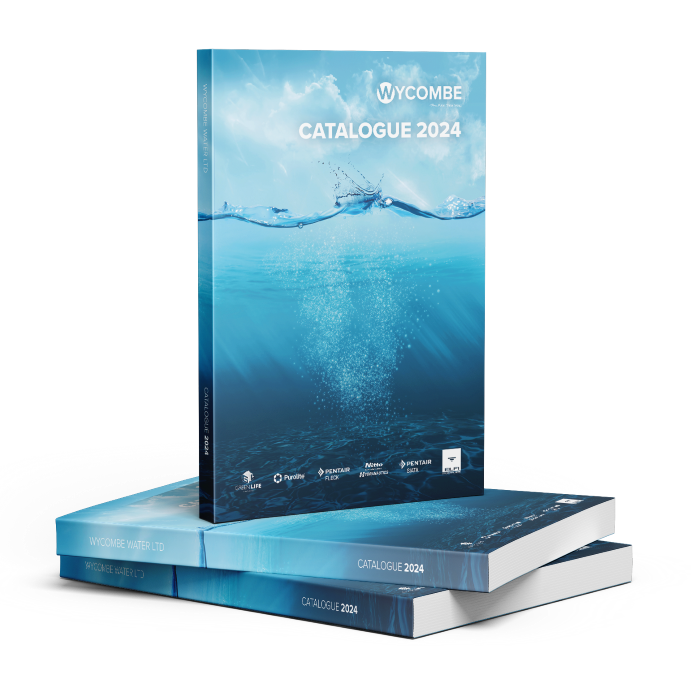
Tools & Resources
Manufacturers
We work with OEMs, Plant Assemblers, and Service Providers to provide a full range of products and components from leading manufacturers, including Pentair, AQ Matic, Cintropur, Burkert, and more. In addition to these well-known brands, we also carry many hard-to-find items that are vital to the water treatment professional.

